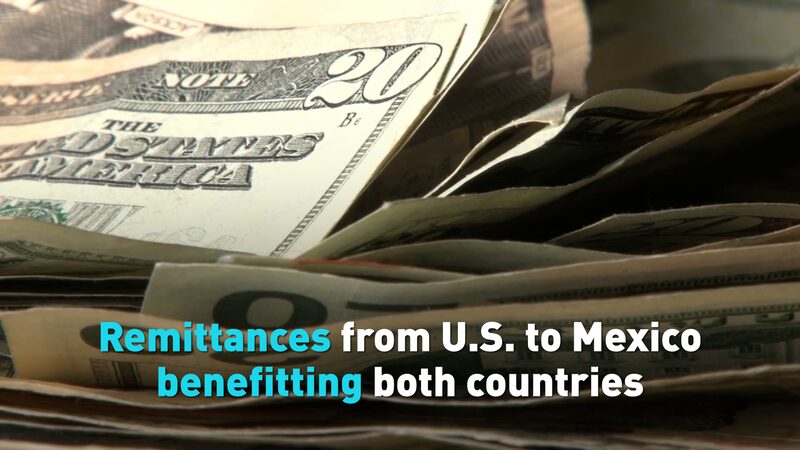Mexico received a staggering $68 billion in remittances last year from Mexicans living abroad, with the majority coming from the United States. This influx of funds makes Mexico the world’s second-largest recipient of migrant remittances, surpassed only by India, which received $129 billion.
Remittances have long been a vital source of income for millions of families in Mexico, helping to cover essential expenses such as food, education, and healthcare. However, new studies indicate that the benefits of this financial flow extend beyond supporting Mexican households—they also positively impact the United States.
Strengthening Economic Ties
The money sent back home by Mexican migrants contributes significantly to Mexico’s economy, stimulating local businesses and promoting economic growth. For the United States, these remittances reflect the economic participation of migrant workers who contribute to various sectors, from agriculture to services.
Experts suggest that the financial stability provided by remittances can lead to more secure communities in Mexico, potentially reducing economic factors that contribute to migration. This can result in a more balanced migration flow, benefiting both nations.
Mutual Benefits
The interconnected economies of the U.S. and Mexico mean that prosperity in one country can positively influence the other. As migrants earn and spend in the United States, they support local economies. Simultaneously, the funds they send home promote economic development in Mexico.
Understanding the dual impact of remittances is crucial. The flow of funds from migrants serves as a bridge between the two nations, promoting shared prosperity and strengthening bonds across borders.
Reference(s):
cgtn.com








